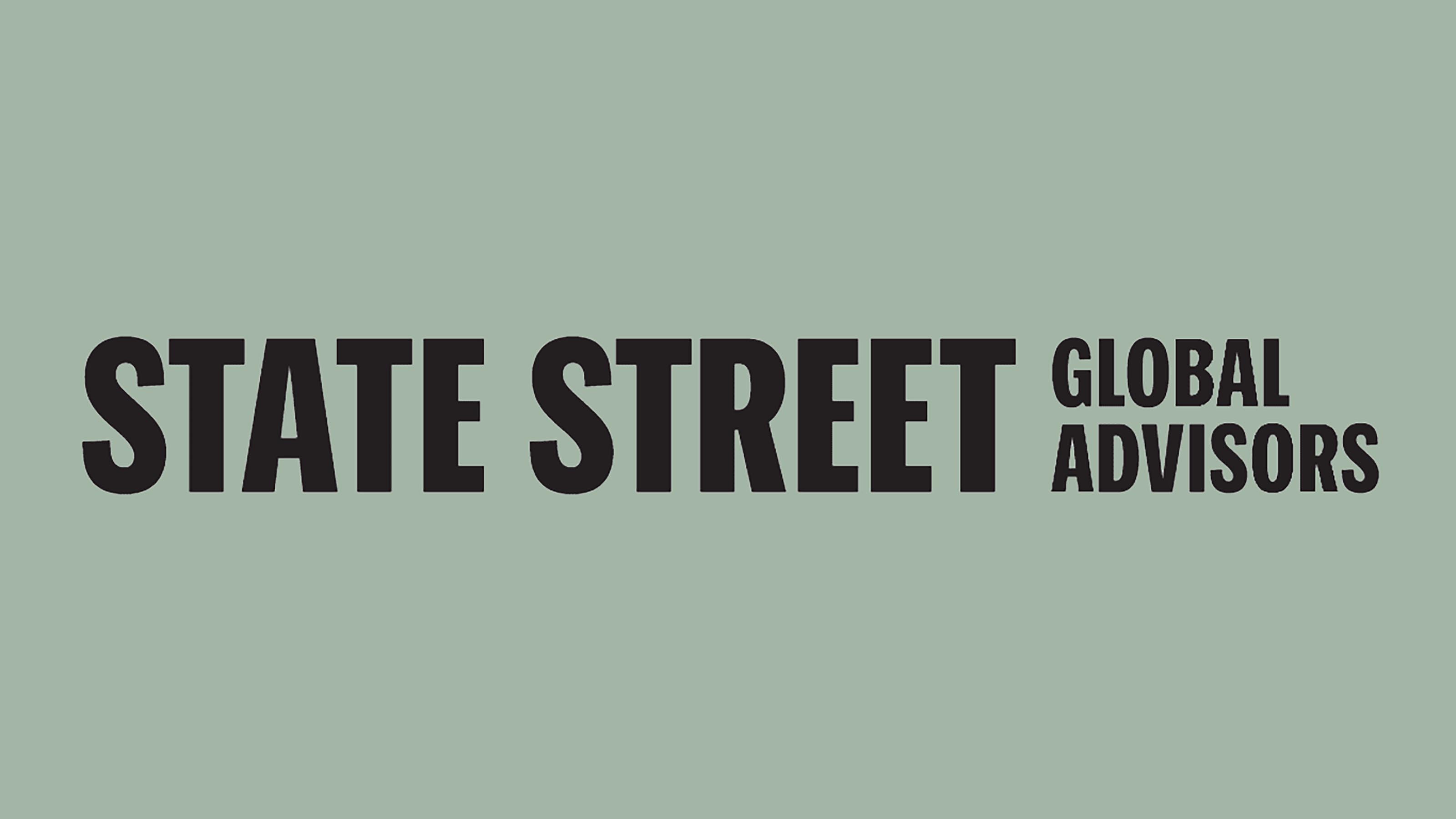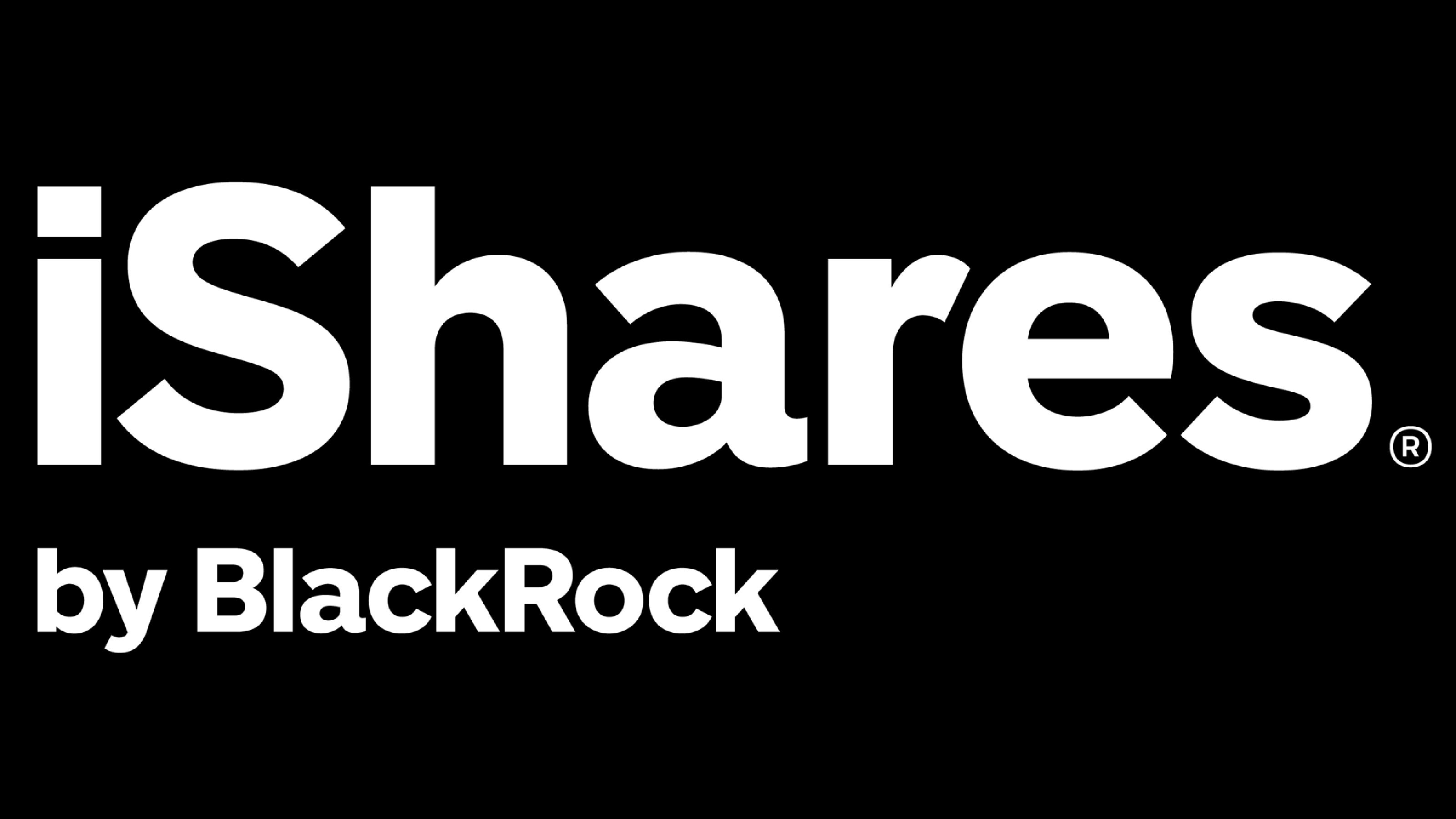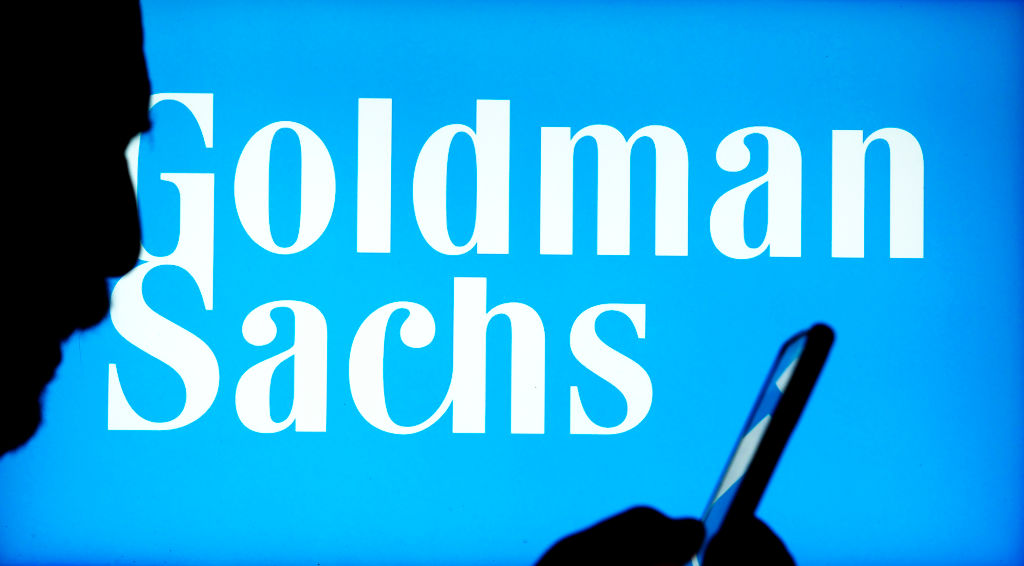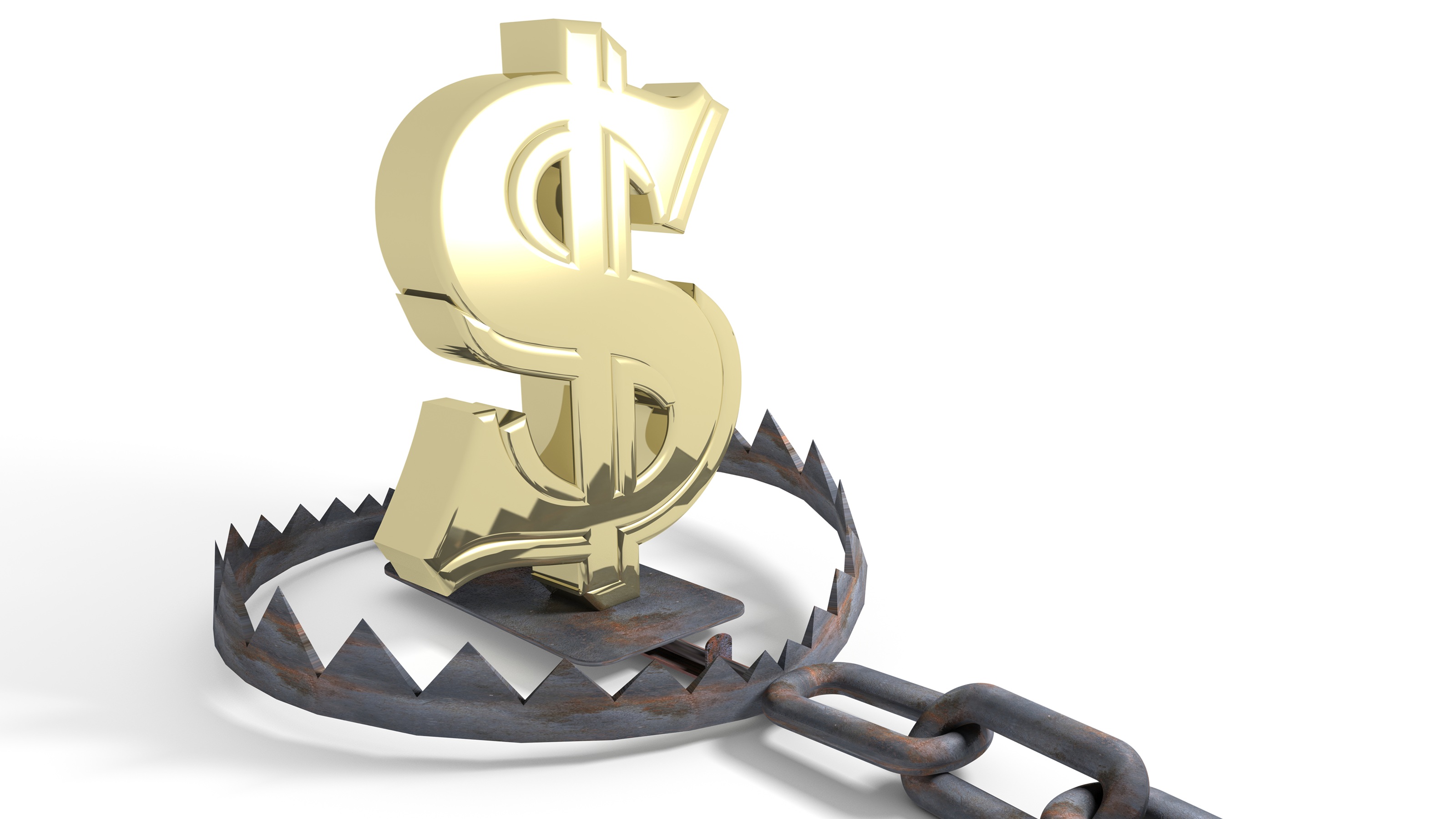The Cheapest Gold ETFs to Buy Now
Gold ETFs can provide hedging and diversification benefits without the hassle of holding and storing physical bullion.


Not all assets have been dragged down by the Trump administration's tariff plans. While U.S. dollar has faltered amid growing economic uncertainty, the world's oldest investment, gold, is hitting record highs.
On August 8, gold reached a new all-time high of $3,534.20 per ounce, driven by a combination of central bank reserve accumulation, a broad flight to safety earlier in the year and news that the Trump administration will impose tariffs on imports of certain gold bars.
While Wall Street awaits clarification on this tariff policy, Trevor Yates, senior investment analyst at Global X, says that "this action further bolsters our bullish outlook for gold prices, with these tariffs set to disrupt the flow of gold globally and push both the U.S. and global price higher."
Structurally, gold doesn't produce cash flows like stocks or bonds. But it remains one of the few investable assets with persistently low correlation to both. That's because gold isn't tied to corporate earnings or government creditworthiness.
It doesn't carry market risk or credit risk in the traditional sense, and it can't be debased, printed, or duplicated. This makes gold especially attractive when trust in fiat currency or financial systems breaks down.
There's no shortage of ways to add gold exposure to a portfolio. You could buy physical bullion, trade futures, or invest in gold mining stocks. But, for most investors, the simplest and most accessible option is a gold exchange-traded fund (ETF).
Why buy gold ETFs?
While a gold ETF doesn't offer physical ownership in the traditional sense, it comes with a long list of advantages that make it the better choice for most investors.
Buying physical bullion isn't as simple as walking into a store and paying spot price. The hassle often begins at the dealer, where you'll typically face a markup. Dealers build in their profit through the spread between the bid and ask prices. This means you're paying a premium when you buy and likely taking a haircut when you sell. That friction exists on both ends of the transaction.
Once you've got that gold bar or coin, the question becomes where to store it. A safe deposit box at a bank comes with annual fees and counterparty risk. Self-storage in a home safe can work but adds personal security risk.
And, if you're really paranoid, you could bury it in your backyard but just hope you remember where.
Then there's the inconvenience when you want to sell. You need to retrieve the bullion, find a dealer, negotiate a price, and take the cash.
From there, you still need to deposit the money into your brokerage account and wait for settlement before you can use it to buy other assets.
A gold ETF avoids all of that. You can buy and sell it in your brokerage account just like any stock. When prices rise and you want to rebalance, you can sell instantly and reallocate the proceeds right away. There's no physical handling, no dealer spread, no delays. For convenience, liquidity, and ease of use, gold ETFs are the most seamless way to gain exposure to gold.
How we chose the best gold ETFs to buy
We started by narrowing the field with a few key exclusions. The first was to leave out exchange-traded products that are not legally structured as ETFs.
A common example is the popular Sprott Physical Gold Trust (PHYS), which is often confused with a gold ETF. In reality, it's a closed-end fund (CEF), meaning it issued a fixed number of shares at its initial public offering (IPO) and can't create or redeem shares the way an ETF can.
As a result, the market price of PHYS often trades at a premium or discount to its net asset value (NAV), which introduces unnecessary complexity for long-term investors looking for clean exposure to gold prices.
We also excluded gold miner ETFs. While they’re often correlated with gold prices due to the nature of their business, they come with all the risks of owning equities. Gold mining stocks can be affected by operational issues, management decisions, or even environmental mishaps.
Finally, we left out exotic products that offer daily leveraged or inverse exposure to gold. These products tend to be expensive, carry complex tax treatments such as a K-1 form, and are highly volatile. They're designed for short-term tactical traders, not long-term investors building a strategic allocation.
Once we made those cuts, we applied a three-part framework focused on fees, liquidity and reputability:
Fees: Gold ETFs used to be expensive, but competition has driven costs down. We set a maximum expense ratio of 0.40%, which works out to $40 annually on a $10,000 investment.
Liquidity: Not all gold ETFs trade efficiently. The best ones have low 30-day median bid-ask spreads, which reduces the cost of entering and exiting a position. This compares favorably to physical bullion, where spreads can be much wider.
Reputability: ETFs with low assets under management are more vulnerable to closure, especially those under the $50 million threshold. We raised the bar significantly by only including ETFs with at least $1 billion in AUM to ensure we focused on well-capitalized, stable options.
Here are five low-cost gold ETFs that provide efficient exposure to the precious metal.
Data is as of August 8.

iShares Gold Trust
- Assets under management: $103.3 billion
- Expenses: 0.40%, or $40 annually for every $10,000 invested
- 30-day median bid-ask spread: 0.00%
SPDR Gold Shares (GLD), the first U.S.-listed fund to offer physically backed exposure to the metal, is the $100 billion gorilla of the gold ETF market.
GLD is structured as a grantor trust, a special ETF format commonly used for physical commodities, where each share represents a fractional interest in gold held in vaults.
With its long track record and massive scale come excellent liquidity and a deep options chain, making it easy to trade or hedge with calls and puts.
The downside is its relatively high expense ratio.
And with GLD’s dominant position, State Street has little reason to cut fees – doing so would mean giving up a major source of revenue.
Learn more about GLD at the State Street Investment Management provider site.

iShares Gold Trust
- Assets under management: $48.9 billion
- Expenses: 0.25%
- 30-day median bid-ask spread: 0.02%
Before iShares made headlines with its spot bitcoin ETF, it found long-running success with iShares Gold Trust (IAU), which launched in January 2005 and now manages nearly $49 billion in assets.
IAU tracks the LBMA Gold Price and currently holds 452.15 tonnes of gold. It's as straightforward as it gets: a low-cost, physically backed gold ETF that undercuts GLD with a 0.25% expense ratio.
While its options chain isn’t quite as robust as GLD's, it remains one of the best deals out there for long-term, buy-and-hold investors.

Goldman Sachs Physical Gold ETF
- Assets under management: $1.6 billion
- Expenses: 0.18%
- 30-day median bid-ask spread: 0.03%
Anytime retail investors show a voracious appetite for a particular asset class, you can expect Wall Street to find a way to cash in. Goldman Sachs Physical Gold ETF (AAAU) is a prime example.
Launched in July 2018, AAAU is Goldman’s answer to the growing demand for physically backed gold ETFs. The ticker itself is a clever nod to gold’s chemical symbol, "Au."
Otherwise, the fund is pretty no-frills. It tracks the London Gold Fixed Price in U.S. dollars and offers a solid value proposition by undercutting both GLD and IAU with a 0.18% expense ratio.
The trade-off is a slightly wider bid-ask spread, but at 0.03%, it's still negligible unless you're trading frequently or moving large sums.

SPDR Gold MiniShares Trust
- Assets under management: $16.3 billion
- Expenses: 0.10%
- 30-day median bid-ask spread: 0.02%
GLD was massively successful, but as lower-cost competitors emerged over the years, State Street Global Advisors needed a way to defend its market share. Lowering GLD's fees would have helped but also meant cutting into a major revenue stream.
So, instead, State Street launched SPDR Gold MiniShares Trust (GLDM) in June 2018, a companion fund to GLD. The key trade-off is that GLDM doesn’t have an options chain, which makes it less attractive to traders.
But, for long-term investors, the appeal is obvious: GLDM charges just 0.10%, a quarter of GLD’s fee.
That lower cost has translated into slightly better returns. Over the past five years, GLDM posted a 10.8% annualized NAV return, edging out GLD’s 10.5%.
The gap may seem small, but it compounds over time, especially in a large portfolio with a long investment horizon.
Learn more about GLDM at the State Street Investment Management provider site.

iShares Gold Trust Micro
- Assets under management: $3.3 billion
- Expenses: 0.09%
- 30-day median bid-ask spread: 0.03%
ETF providers aren't known for originality, and they don’t need to be. Often, all it takes is copying a competitor’s product and offering it at a slightly lower price.
That's exactly what iShares did when it launched iShares Gold Trust Micro (IAUM) in June 2021, after seeing the success of GLDM undercutting IAU.
Like IAU, IAUM tracks the LBMA Gold Price and provides the same kind of physically backed gold exposure. It undercuts GLDM by 0.01% on fees, charging just 0.09%.
That being said, the advantage is a wash when factoring in trading costs, since IAUM has a slightly wider bid-ask spread than GLDM, coincidently 0.01% higher.
Learn more about IAUM at the iShares provider site.
Related content
Profit and prosper with the best of Kiplinger's advice on investing, taxes, retirement, personal finance and much more. Delivered daily. Enter your email in the box and click Sign Me Up.
Tony started investing during the 2017 marijuana stock bubble. After incurring some hilarious losses on various poor stock picks, he now adheres to Bogleheads-style passive investing strategies using index ETFs. Tony graduated in 2023 from Columbia University with a Master's degree in risk management. He holds the Certified ETF Advisor (CETF®) designation from The ETF Institute. Tony's work has also appeared in U.S. News & World Report, USA Today, ETF Central, The Motley Fool, TheStreet, and Benzinga. He is the founder of ETF Portfolio Blueprint.
-
 The Upscale Upgrades Coming to a Country Club Near You
The Upscale Upgrades Coming to a Country Club Near YouYoung country club members expect more from their fees than access to a golf course. From teen rec rooms to red-light therapy, this is how clubs are upgrading.
-
 I claimed Social Security six months ago at 62, but my checks are too small. What are my options?
I claimed Social Security six months ago at 62, but my checks are too small. What are my options?We asked financial experts for advice.
-
 Five Retirement Planning Traps You Can't Afford to Fall Into, From a Wealth Adviser
Five Retirement Planning Traps You Can't Afford to Fall Into, From a Wealth AdviserTo help ensure you reach your savings goals and enjoy financial security in your golden years, be aware of these common pitfalls. The key is to be proactive, informed and flexible.
-
 Your 401(k) Can Now Include Alternative Assets, But Should It? A Financial Adviser Weighs In
Your 401(k) Can Now Include Alternative Assets, But Should It? A Financial Adviser Weighs InMany employer-sponsored plans offer limited investment options, which can stunt growth. But participants considering alternatives might need some sound advice to get the most from their accounts.
-
 Will Taxes Shred Your 401(k) or IRA During Your Retirement? It's Very Likely
Will Taxes Shred Your 401(k) or IRA During Your Retirement? It's Very LikelyConventional wisdom dictates that you save in a 401(k) now and pay taxes later, but turning that rule on its head could leave you far better off. A financial planner explains why.
-
 More Retirees Are Renting: Should You? A Financial Adviser Weighs In
More Retirees Are Renting: Should You? A Financial Adviser Weighs InIn some ways, renting is cheaper, more flexible and easier, but unless you understand the implications for your taxes and health costs, it might not be for you.
-
 Dow Dives 878 Points on Trump's China Warning: Stock Market Today
Dow Dives 878 Points on Trump's China Warning: Stock Market TodayThe main indexes erased early gains after President Trump said China is becoming "hostile" and threatened to cancel a meeting with President Xi.
-
 I'm a Real Estate Investing Pro: This 1031 Exchange Strategy Can Triple Your Cash Flow
I'm a Real Estate Investing Pro: This 1031 Exchange Strategy Can Triple Your Cash FlowSavvy investors can use 1031 exchanges to unlock value by moving capital across markets in a play called geographic arbitrage. These tax implications can make or break the strategy.
-
 I'm an Insurance Pro: Everyone Needs to Prepare for Earthquakes, Even if You Don't Live Near a Fault Line
I'm an Insurance Pro: Everyone Needs to Prepare for Earthquakes, Even if You Don't Live Near a Fault LineHere are my tips for what to do before, during and after an earthquake. The more prepared you are, the more you'll be able to keep your wits about you if it happens.
-
 Stocks Retreat as Shutdown Continues: Stock Market Today
Stocks Retreat as Shutdown Continues: Stock Market TodayWhile the main indexes closed lower today, Delta and PepsiCo gained ground on encouraging earnings reports.

